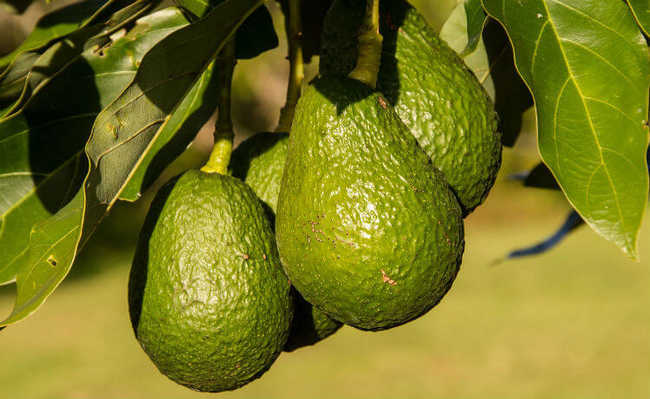Aphrodisiac Foods: Myth or Truth?
Delicious food, creativity and sex: quite a combination, but is it all an aphrodisiac?

Aphrodite is the Greek goddess of love, beauty and sensuality. It was from her name that the word “aphrodisiac” came from, which is defined as “that which awakens the desire for another person”. Many wonder if aphrodisiac foods really work. Some believe that certain foods can be aphrodisiacs, although some scientists say that actually, what works is for a person to believe that the food will make them more vigorous, so they become more confident and imaginative. In addition, certain nutrients or substances present in food cause effects on the body that can actually improve its performance, having aphrodisiac effects.
Discover now foods that many people believe have powers of awakening our libido, acting as aphrodisiacs.
Artichoke
It is not known why it is considered an aphrodisiac, but the potency of the vegetable has been known for so long that it was already banned for women in France in the 16th century. It is said that Catherine de' Medici, the wife of King Henry II of France, loved artichokes and had several lovers, hence the ban. French merchants used to say that the artichoke warms the body, the spirit and also the genitals. Before that, in the Middle Ages, artichoke was also banned for women because it aroused feelings that would not be “appropriate” for a good wife;
Celery
It contains a substance called androsterone, which acts as a male pheromone (makes men more attractive);
Chocolate
The most popular sweet in the world contains several substances that justify its fame: tryptophan, which is the precursor of serotonin (the pleasure hormone); phenylethylalanine, which awakens the feeling of attraction, of passion at first sight; and theobromine, which stimulates the nervous system and makes us more active. White chocolate may not have the same effects because it is not made from cocoa beans, but from cocoa butter, which does not have the same properties;
Red wine
Increases estrogen levels, making women more libido. In addition, wine is rich in polyphenols, which increase blood circulation, increasing our mood and physical resistance;
chili
The expression “spice up the relationship” has good reasons: the burning sensation warms the body, increases blood circulation and speeds up metabolism. The endorphins contained in pepper are responsible for a feeling of well-being and encouragement;
strawberries
In addition to visual stimulation due to its beautiful appearance and red color, it is rich in vitamin C, which helps in the formation and release of sex hormones and increases vaginal lubrication;
Peruvian Maca
It has properties capable of increasing the amount of testosterone (find in eCycle store). To learn more, check out the article "Peruvian Maca: Learn about its health benefits"
Oil seeds (chestnuts and almonds)
They are rich in arginine - which increases blood circulation, and zinc - which increases testosterone production. Almonds are widely used in Arab cuisine for their aphrodisiac properties. Peanuts are the most popular oilseeds because they are cheaper and very tasty.
These and many other foods support the belief in aphrodisiacs. The French philosopher Jean François Revel (1924 - 2006) has already said that “just as with sexuality, a good table is also inseparable from the imagination”. Romantic literature is also rich in allusions to love as food and food as love. And of course, we can't fail to mention the famous “catfish cake”, which even has a legend in northeastern Brazil: “a girl had a very skinny husband, so she always baked this cake for him. young man got bigger, more attractive and more loving".
Beware: There are also some “evil” aphrodisiacs: many cultures consume powdered rhino horns and tiger penises to increase libido, but conscientious consumers know there is no need to kill endangered animals, least of all for pleasure.










